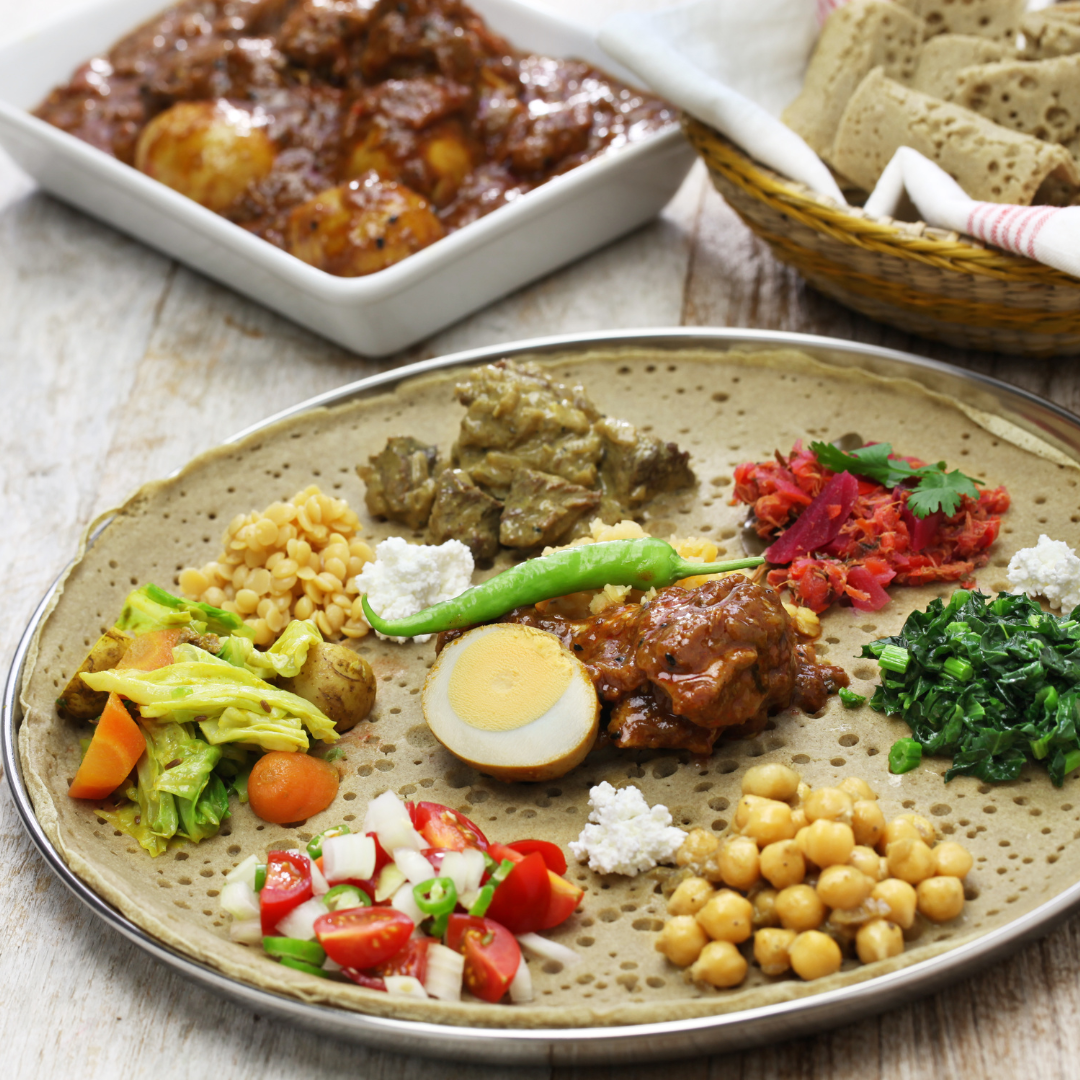Kosher Cuisine 101: Techniques for Cooking Authentic Jewish Dishes
Kosher food is delicious and steeped in tradition, culture, and history. Whether you’re Jewish or just curious about this unique culinary world, this blog post will provide tips, tricks, and techniques for making authentic Jewish dishes to impress your family and friends. Get ready to tantalize your taste buds with a whole new experience in cooking!
What is Kosher?
Kosher food is considered to be of the highest quality and most pure in terms of food ingredients. It must meet specific dietary requirements, including being free of meat and dairy products from animals not adequately stunned before slaughter.
To keep kosher food, it must be prepared specifically – using strictly controlled cooking methods and utensils designed for Jewish cuisine. Several Guidelines for Kashrut (Jewish dietary laws) must be followed when preparing kosher food.
However, as with all religious dietary guidelines, there are always exceptions, so it’s essential to consult with your rabbi or Kosher-certified chef if you’re uncertain whether a particular dish qualifies as kosher.
Some common Dairy-free Kosher Foods include Matzoh ball soup without matzoh balls, hummus, tzimmes (chicken or vegetable stew), babka (traditional Jewish cake), and schmear (a type of cream cheese spread). Some common Non-Dairy Kosher Foods include Seitan (wheat gluten), tempeh (fermented soybeans), vegan sour cream, and vegan mayonnaise.
What are the laws of kashrut?
The laws of kashrut are particular and devoted to ensuring the purity and authenticity of Jewish food. There are several commandments that Jews must follow when it comes to food, including prohibiting the consumption of certain animals and plants and requiring that all food be prepared in a way that complies with these laws.
One of the most critical aspects of kashrut is proper preparation. All foods must be properly cleaned and inspected before they are served to ensure that any impurities have not contaminated them. Many kosher dietary guidelines prohibit the use of certain oils, water, or other ingredients, which can make preparing meals complex but ultimately rewarding for those who take the time to follow them.
Much information is available on kosher cooking techniques, which can be found through online resources or personal consultations with a certified kosher chef. By following these guidelines carefully, anyone can create delicious and authentic Jewish cuisine.
Types of Kosher Dishes
- Ashkenazi cuisine is the traditional Jewish cuisine from Eastern Europe and the Middle East. This cooking style features hearty, meat-based dishes with various spices. Many Ashkenazi dishes are difficult to make vegan or gluten-free, but they can be adapted by substituting vegetable stock or gluten-free flour for some beef broth or breadcrumbs.
- Sephardi cuisine is the traditional Jewish cuisine from Spain and North Africa. This style of cooking is lighter and more refined than Ashkenazi cuisine, featuring seafood, chicken, and vegetable dishes tempered with spices and herbs.
Many Sephardi dishes can be made vegan or gluten-free by substituting vegetable stock or gluten-free flour for some chicken broth or breadcrumbs. - Mizrahi cuisine is the traditional Jewish cuisine from Middle Eastern countries, including Egypt, Syria, Lebanon, and Israel. This style of cooking features Mediterranean flavors such as garlic, oregano, lemon juice, and yogurt in lighthearted meals that often include poultry like chicken and shrimp as well as vegetarian options like baba ghanoush (eggplant dip) and grape leaves stuffed with rice and chickpeas.
- Chassidic cuisine is the traditional Jewish cuisine from the Hasidic movement. This cooking style is characterized by its simplicity, with hearty dishes like chicken soup and meatloaf that are supplemented with sweeteners, sour cream, and onion.
Many Chassidic words can be made vegan or gluten-free by substituting vegetable stock or gluten-free flour for some of the beef broth or breadcrumbs.
How to Cook a Kosher Meal
If you’re looking to explore the world of kosher cuisine, there are a few things you need to know before getting started. To make a kosher meal, all ingredients must be certified as kosher by a rabbi. This means there are specific requirements for preparing them, such as using only water, wine, or grape juice in cooking and avoiding certain animals and foods.
Once you have your ingredients ready, it’s time to start cooking! There are a few key tips for making sure your meal is kosher-friendly: always use a meat thermometer to ensure your meat is cooked through; avoid using any condiments that contain onions or garlic; and make sure all utensils and surfaces that come into contact with food are clean.
Regarding recipes, there’s no one right way to cook a Kosher meal. Just remember to enjoy the flavors and textures of these unique dishes – and don’t be afraid to experiment!
Jewish cuisine is a rich and diverse collection of dishes that reflect the Jewish people’s culture, customs, and heritage. Whether you are new to cooking kosher food or want to try some new recipes, our tips and techniques will help you create delicious kosher meals.
So get ready to explore all of the beautiful possibilities kosher cuisine offers!



